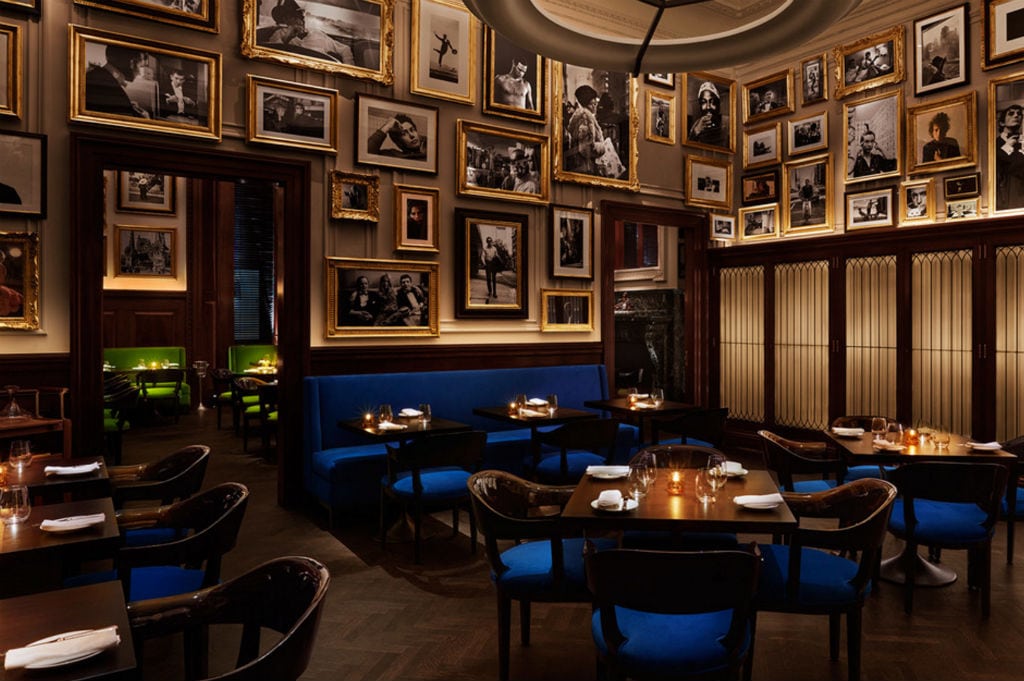Skift Take
Brands refreshes are nothing new in the hotel industry, but what qualities make a hotel relevant today? Several industry experts weigh in on things like technology, design and how consumer behavior affects the ways in which trends get implemented.
The reinvention of and refreshing of a brand’s image is no new phenomenon, but there are some key markers making this particular stretch a particularly interesting competition to watch.
“The difference between having this conversation 20 years ago and now is the fact that the pace of change is exponentially faster,” says Peter Yesawich, vice chairman, MMGY Global.
“The other reason we’re really excited is that the industry is more focused on this now…that for the first time I think in a long time, the owners, operators and developers of hotels are beginning to realize that the next generation of customers is really quite different than the generation of customers that they traditionally catered to.”
Skift spoke with hotel industry experts to assess what it means to be relevant in today’s hotel industry and what are some of the factors driving those changes.
Ron Vlasic, regional VP, Kimpton Hotels: “I think that there are two very distinct type of hotels in the U.S. right now. There are great, high-design hotels, and then there are generic hotels that get people in and get out. There’s no attention to the style, and that’s an unfortunate experience in my opinion when there are so many great hotels that really offer more of a residential stay or something that has a unique touch or flavor to it that is memorable.”
Frances Kiradjian, founder, Boutique & Lifestyle Lodging Association: “What is really important to a customer… is taking care of them before they even leave their home or their offices. And really connecting with their client, so they can get excited, know about the destination, be aware of offers and order things or request things so they are more organized or more comfortable when they arrive.”
Paula Benesch, partner, P3 Design Collective: “There are always new things that all these different brands are trying out, and I think it’s very good they do try it out. There are things like less closet space, more open concept things in the room. They’ll put things in place, try it out, see how it works, and then adapt. They’re trying to get more creative on their options depending on the brand and the traveler and what suits that particular hotel. That’s refreshing to see.”
Bjorn Hanson, clinical professor, NYU Preston Robert Tisch Center for Hospitality and Tourism: “People are looking for time efficiency,… and often those core things remain at the center of hotel choices. Again, it’s become an issue of negatives holding back some of the demographics from embracing some brands. Some brands don’t have congregation areas in lobbies and good high-speed internet access in the lobbies. That’s a negative rather than it being a plus. It’s become more expected. It’s more a failure to keep up with trends.”
Jennifer Gribble, vice president, Americas, Holiday Inn Express: “What we [at Holiday Inn Express] also noticed is our guests aren’t looking for our public spaces to really facilitate social connections per se, but they really look for the design to help enable it. As an example, we have a lot of variety of seating looks in our public space now. We have communal tables; we have two-tops and four-tops and different types of seating arrangements so that guests, when they want to, can connect with one another. There’s power down there if they’d prefer to work down there. It’s kind of solitary, but in a more open social environment.”
Matthew Carroll, vice president, global brand management, Marriott Resorts: “[Marriott] is focused on converting from the shower/tub combinations…to a much more upgraded bathroom experience with walk-in showers. We’re also looking to move from carpet to hard-surface floors. Then a much more modern, locally-inspired design aesthetic. I think one of the things that, not unique to Marriott, but I think unique to brands these days is, how are we responding to technology and how that’s impacting customer behavior in the room. Obviously, that’s a big focus for us, and how these designs get implemented.”
Peter Yesawhich, vice chairman, MMGY Global: “The more elusive piece, and it’s the one that I think would make the difference to a good degree, is the attitudinal piece. It’s really more of the personality. That puts you into things like you know brand image. Takes you into things like the kinds of people that you see there, the kinds of customers that patronize the place. It’s reflected in the compounding of the advertising. All of these ways to be kind of accessorize other two critical pieces, which is the ambiance, or the design and the furnishings, and the technology piece.”
Have a confidential tip for Skift? Get in touch
Tags: holiday inn express, hotels, marriott
Photo credit: Edition NYC is one of Marriott's more contemporary properties. Edition Hotels
